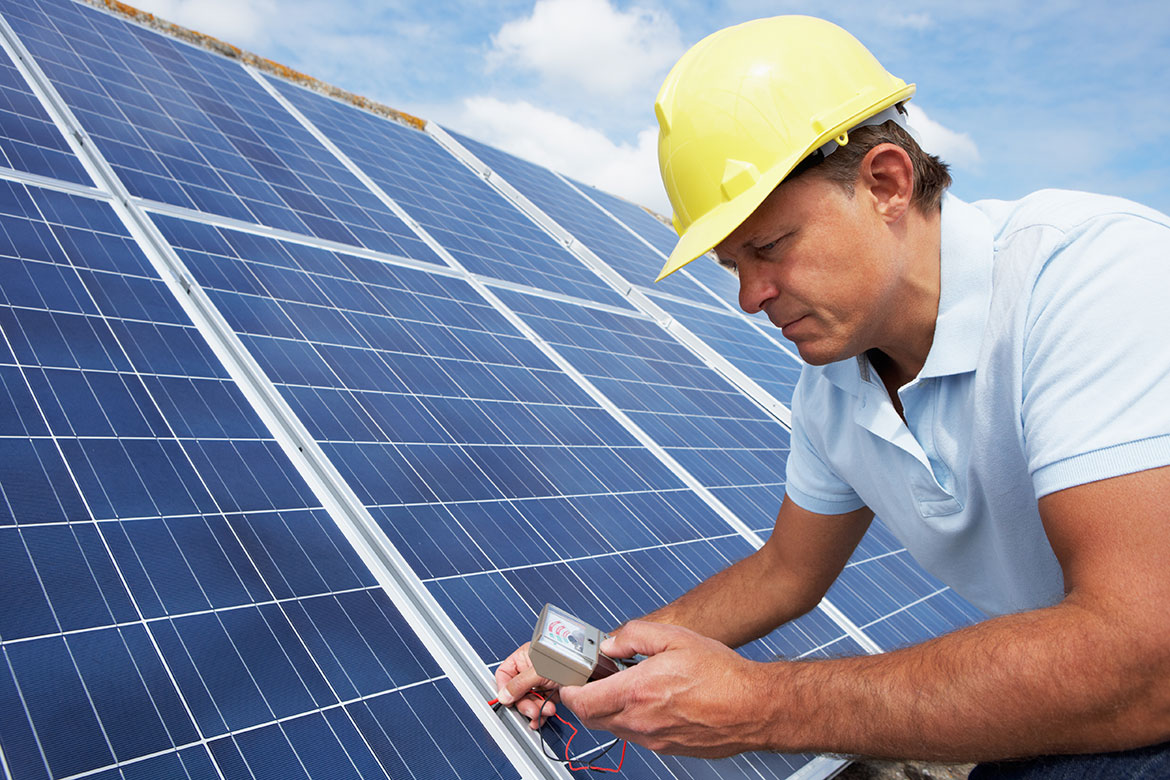High-Performance ENERGY STAR® Roofs
Green Energy Roofs
There are lots of choices you must make as a homeowner, from the smallest decisions about how to decorate your home to the larger ones, like what type of energy efficient roofing to have installed on your home. Whether you’re choosing an energy efficient roof for a newly constructed home or looking to replace your current roof with energy efficient roofing materials, you’ll find that there are several types of residential roofs that will help you cut home energy consumption. You will need to weigh your options and consider a variety of factors, such as the climate in which we live, the type of aesthetic you’re going for, and what energy efficient roofing features are most important to you.
No matter what type of energy efficient roof shingles you are considering, one of the first things to look for
is ENERGY STAR® roofing. This certifies that the materials that you have selected are energy efficient.
Solar reflectance and emittance is one of the biggest keys to whether energy efficient roofing materials are certified by Energy Star. Roofing that reflects the sun’s energy and releases it into the surrounding air keeps the upper floors of a home cooler and less energy is required when cooling a home. The color of a roof also plays a part in whether the roofing is energy efficient. Lighter roof colors will reflect more of the sun’s energy, while darker colors tend to absorb heat, which can then transfer to attics, where it can seep down into the home. You will want to consider the color of your roofing materials for more than aesthetic value.

Asphalt shingles create a lower maintenance, energy efficient roof. Homeowners can choose from a range of colors and designs for a more unique feel to their roof. One downside to asphalt shingles is that they tend to become more easily damaged in wind and storms. Algae growth is another maintenance concern, though there are preventative coatings available that can help.
With new innovations always on the horizon and improvements regularly made to existing energy efficient roof options, homeowners should always research their options when replacing a roof or building a new structure. Carefully considering your needs and looking for ENERGY STAR® roofing materials will help you find the right roof for your home. By understanding the energy efficient roofing materials available and how various energy efficient roof types can come into play, you can make a positive impact on the environment.
With an array of colors available, Owens Corning® COOL Roof Collection shingles help reflect your personal style while also helping to deliver energy-saving benefits.
Take advantage of 30% tax credit on both the purchase and installation of qualifying products in renewable technologies such as solar electric property, residential solar water heating, qualified small wind energy and qualified geothermal heat pump energy, among others.
ENERGY STAR® metal roofing is another popular option for homes. Metal is an energy efficient roofing option that is a good choice for many budgets and typically quick to install. With a little care and upkeep, a metal roof is a long lasting, energy efficient roof that can add a great look to your home.
Keep your Attic Cool and prevent heat and moisture from reaching critical levels in your attic with Solar Star® Ventilation Fans. Your attic stays cool and dry while you enjoy greater comfort in your home, lower utility bills and prolonged roof life.
Uni-Solar’s shingles and standing seam roofing panels are installed much like conventional roofing products, yet they incorporate triple-junction amorphous silicon thin-film PVs to generate electricity. The company’s PV shingles are installed alongside conventional three-tab shingles, whereas the company’s PV laminate can be integrated into standing seam roofing. They also offer the PowerTilt PV system that uses thin-film PVs on an angled lightweight mounting system.
Transform Your Roof into a Sustainable Oasis with RK Roofing Co.
Ready to elevate your environmental impact while enhancing the aesthetic and efficiency of your home? RK Roofing Co. is at the forefront of installing energy green roofs in Bensenville, IL, and we’re eager to help you embark on the journey towards sustainability. Our expert team is dedicated to transforming your traditional roofing into a lush, green space that not only benefits the environment but also contributes to your home’s energy efficiency. Embrace the future of roofing with RK Roofing Co. and take a significant step towards reducing your carbon footprint, improving air quality, and conserving energy. Don’t hesitate to make a change that benefits both you and the planet. Call us today at (773) 447-2704 or fill out our online form. Let’s work together to create a greener, more sustainable future with your new energy green roof.

